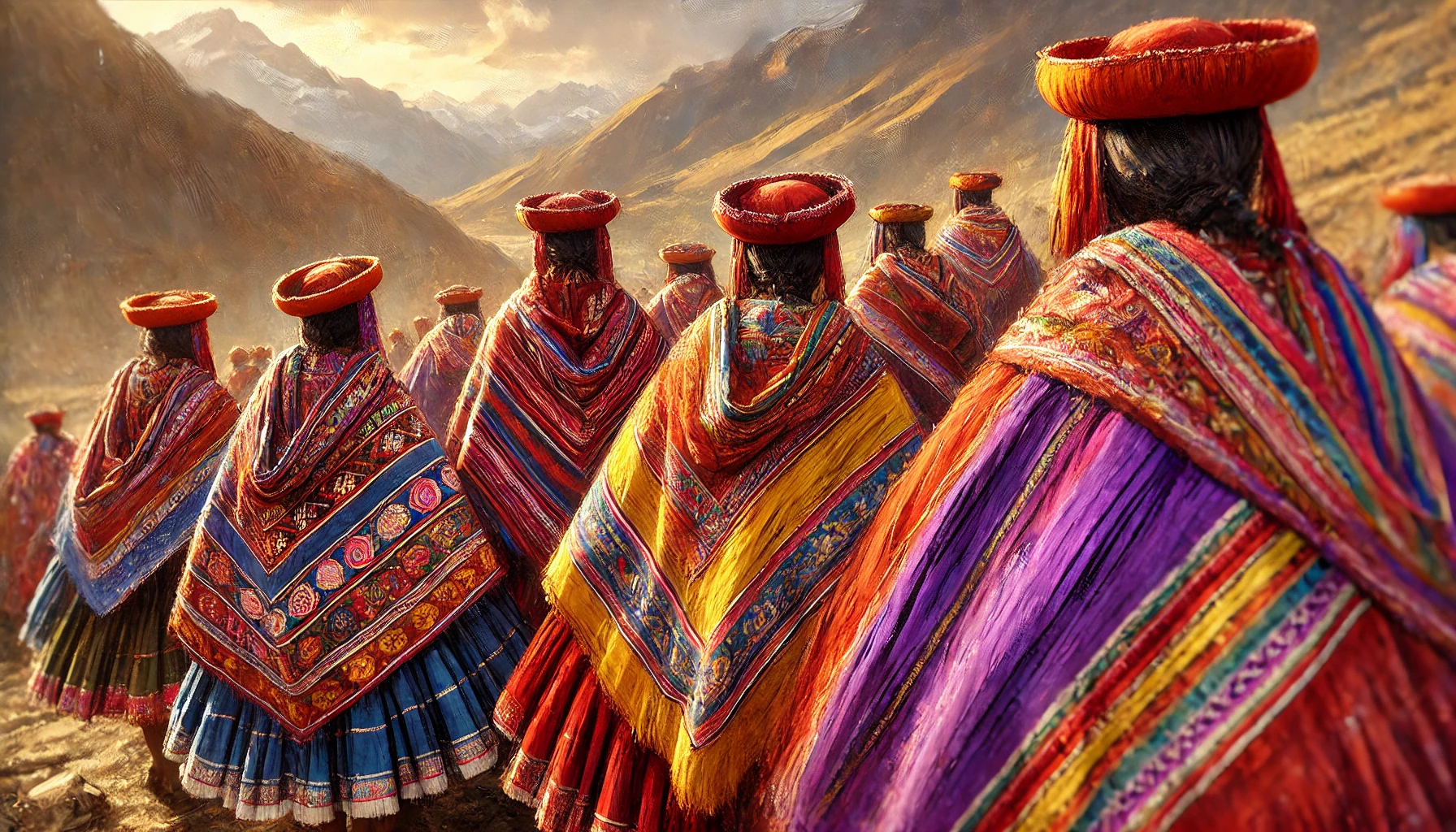
Special spazio + spadoni Missionary October: Testimony from Peru
In Peru, in the mountains of Cuzco between celebration and pilgrimage
“I end the experience of the pilgrimage exhausted, affected and aching, but above all happy and grateful to have been a witness to a faith that in the Peruvian Andes becomes life and opens to the mystery of God.”
These are the words of the shrine chaplain at the conclusion of the Feast of Nuestro Señor de Qoyllurit’i celebrated last year between June 4 and 7 in southeastern Peru, in the district of Ocongate.
“It is a movable date, as each year it takes place 58 days after Easter Sunday and before Corpus Christi,” continues Jesuit Frank Gutierrez Blas.
“At 4,600 meters above sea level, where faith, music, praise and color come together at the top of the Cuzco mountains.”
Where, for more than two centuries, adults, elders and children have traveled eight kilometers over impassable roads in sub-zero temperatures, starting from the village of Mawallani and ending at the glacier of Sinakara.
Indeed, with its 90,000 worshippers, the Señor de Qoyllurit’i festival is considered America’s largest indigenous nation pilgrimage and was recently declared an “Intangible Cultural Heritage of Humanity” by UNESCO.
“When I was in Lima, it was known and celebrated even there, more than 1,000 kilometers away, because of the strong presence of people originally from Cuzco who had brought their own popular religiosity with them,” recalls Father Alessio Geraci, a Comboni missionary who in October will return to Peru for the next 10 to 15 years.
“it is a manifestation of the deep religiosity of Cuzco and other regions of South America,” adds Father Frank who, along with other priests, celebrates various masses and accompanies in procession the devout representatives of the eight participating nations.
“This tradition (which means “shining snow” in the Quechua language) brings together different populations and is an expression of the syncretism between the Inca world and the Catholic faith of the colonial era,” explains Christian Mariani, a lay missionary for 20 years in the area who recently returned with his family to Italy.
In fact, alongside the veneration of the image of Jesus carved in stone, we find the worship of the apus or protective mountains, where the Wamani or protective spirits live.
“Unlike Inti Raymi, which is well known internationally and is predominantly touristic, the pilgrimages to Señor de Qoyllurit’i tell a very strong devotion.”
Lucero Isabel Grande Hancco is 27 years old and has lived in Cuzco for 10, also a “mixture of indigenous beliefs inherited from Inca ancestors and those adopted from Spanish roots.”
She has not yet participated in the pilgrimage: “it is my desire, but I feel I have to go prepared both mentally and physically for the path to bear fruit. So far, I have always watched it from a distance, as people move in caravans.”
There are many parallel processions and at least a hundred indigenous dances performed during the week straddling late May and early June.
The extras wear traditional costumes reminiscent of the local flora and fauna and various characters from myth; among them are the Ukukus or Pabluchas, half-bears and half-humans, considered the guardians of the Lord.
They are the ones who climbed to the top of the mountain, at 6,362 meters, to reach the snow star in its hollow and brought back huge blocks of ice, a symbol of new life.
“Although since 2016 it is no longer possible to do so, due to melting glaciers,” Christian reports.
Climate change, then, has extinguished one aspect of this ancient festival, but the constellation of the Pleiades reappears every year in the Andean sky, and the faith of the people of Cuzco continues to remain ever burning.
Loredana Brigante, July 17, 2024
Source
Images
